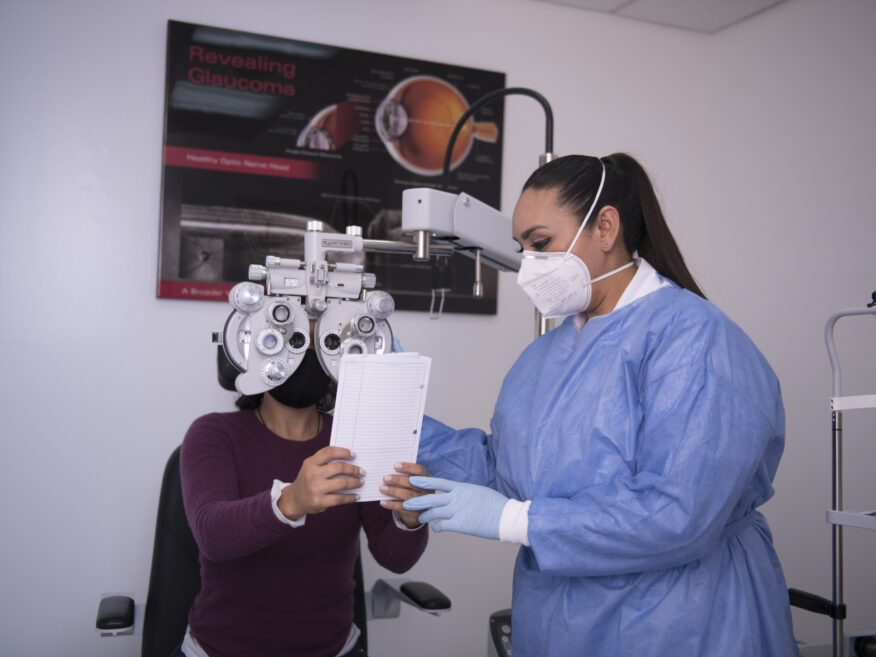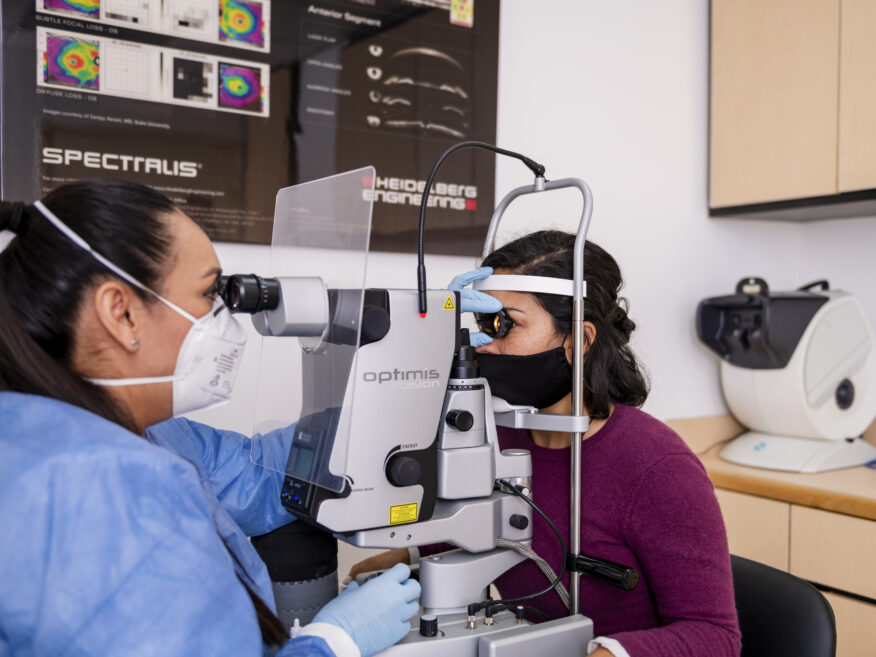20 Ways Aging Changes Your Eyes
Watch out for these common age-related changes in vision and eye health and get tips on how to protect your eyes at any age from…
Condition
Glaucoma results from damage to the optic nerve. It is a progressive disease that is primarily associated with increased pressure in the eye and can lead to blindness.
Glaucoma is caused when the optic nerve is incredibly vulnerable to damage from elevated pressure. Continuous elevated pressure or spikes in pressure can damage the optic nerve, which can lead to vision loss and even blindness if left untreated.
In a healthy eye, a balance exists between the fluid produced and the fluid that leaves the eye. This balance maintains a healthy level of eye pressure. In order to maintain this balance, the eye has a built-in drainage system. This drainage system controls the inflow and outflow of fluids, which are responsible for nourishing the eye.
The eye’s drainage system works similar to a sink. Fluid is produced from the faucet and exits through the drain. If a blockage develops in the eye’s drainage system or if fluid is produced faster than it can escape, an overflow will occur. In the eye, this overflow causes the pressure to elevate.
The primary goals of glaucoma surgery are to reduce eye pressure and prevent vision loss. When treating glaucoma, one way to reduce pressure is to turn off the faucet. Another option is to remove the blockage that is preventing or slowing the fluid’s escape. The final option for reducing pressure is to create a new channel for fluid escape. Glaucoma specialists at CODET Vision Institute in Tijuana, will recommend the best option for you based on the specifics of your condition.
Not all glaucoma is the same. The condition can develop in several different ways; treatment must be based on the underlying cause to provide effective relief of symptoms and vision restoration. Doctors will first investigate to find the glaucoma suspect because patients are unable to identify most risk factors: high or low intraocular (IOC) eye pressure, sensitive or suspicious optic nerves, narrow eye angles, and/or pigment dispersion.
Glaucoma is indicated by high IOC, or pressure inside the eye. Higher than normal IOC is called Ocular Hypertension. It does not usually have any signs or symptoms. Glaucoma is often called the ‘silent thief of sight’ because it can happen slowly over time with the patient being completely unaware.
Specific types of Glaucoma include:


CODET constantly evaluates the best, proven technology in each specialty. Some of our Glaucoma equipment includes:
A quick and easy look